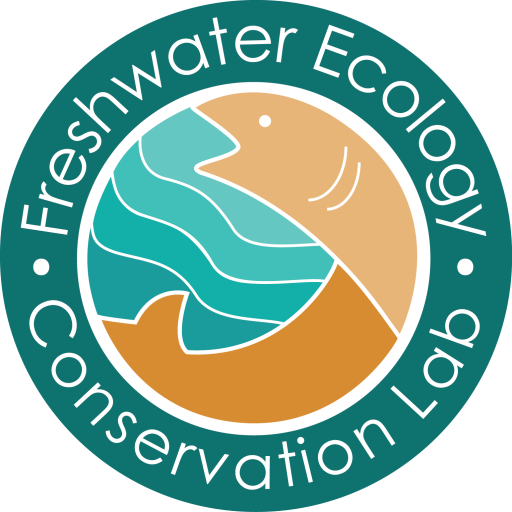Julian’s Story
Hi, I’m Julian Olden - a Canadian who lives in the US. I conducted my undergraduate studies in the Department of Zoology at the University of Toronto (1994-1998). Here, my passion for ecological research was first sparked; specifically while hauling trammel nets choked with squirming white suckers from northern Ontario lakes. My honors project focused on the environmental and spatial determinants of fish community composition, and first exposed me to the strength of both field work and data synthesis in ecology.
Later, I received my Master’s Degree in Zoology from the University of Toronto (1998-2000) under the supervision of Donald Jackson, and working with Pedro Peres-Neto. I investigated the biogeography of freshwater fishes in Algonquin Provincial Park, Ontario. Using a combination of field and remotely-generated environmental data, I developed and compared a series of statistical modeling approaches to predicting species occurrence. This work fueled my continuing interest in applying novel statistical approaches to address complex pattern recognition problems in ecology.
Next, I started my doctoral studies in the Ecology Program at Colorado State University (2000-2004) under the supervision of LeRoy Poff. My time in graduate school was hugely rewarding; I was passionate about advancing the study of ecohydrology, using ecological traits as a currency to understand freshwater phenomena, and learning everything I could about fishes of the American Southwest. My dissertation studies represented my first forays into riverine ecology and theoretical biology and lead to pioneering research on the process and implications of biotic homogenization for conservation.
After completing my PhD studies, I was awarded a David H. Smith Conservation Postdoctoral Fellowship from Society for Conservation Biology. I conducted research in the Center for Limnology at the University of Wisconsin (2004-2006) with Jake Vander Zanden, where I developed tools to forecast the spread of freshwater invaders in Wisconsin Lake. As a Smith Fellow I was also exposed to the inner workings of conservation NGOs and was provided the wonderful opportunity to expand my research program on invasive species and water resource management into the field of conservation.
And then I landed a faculty position in the School of Aquatic and Fishery Sciences at the University of Washington in 2006, and I’ve been here ever since (at least I refuse to take the message to leave!).
I’m currently the Worthington Endowed Professor in Fisheries Management (2022 - present) and formerly the H. Mason Keeler Endowed Professor in Fisheries Management (2016 - 2022).
Notable Positions
Editor-in-Chief, Water Biology and Security (2025-present).
External Science Advisory Board - The Nature Conservancy (2024-present)
University of Canterbury – Erskine Fellow (2024)
Guest Professor - Swedish University of Agricultural Sciences (2020 - 2025)
Senior Associate Scientist - Conservation Science Partners (2019 - present)
Adjunct Professor - Griffith University (2006 - present)
Notable Awards
ISI Most Highly Cited Researcher (2024, 2022, 2021, 2020, 2019, 2018)
Scilit Top Cited Scholar (2024)
Ecological Society of America - Fellow (2022)
American Fisheries Society - Fellow (2020)
Aldo Leopold Leadership -Fellow (2015)
Ecological Society of America – Early Career Fellow (2013)
Society for Conservation Biology - Early Career Conservationist Award (2010)
Transactions of the American Fisheries Society, Robert L. Kendall Best Paper Award (2001)
Interested in my beer cap art? Well, that is awfully nice of you. Please click here.






